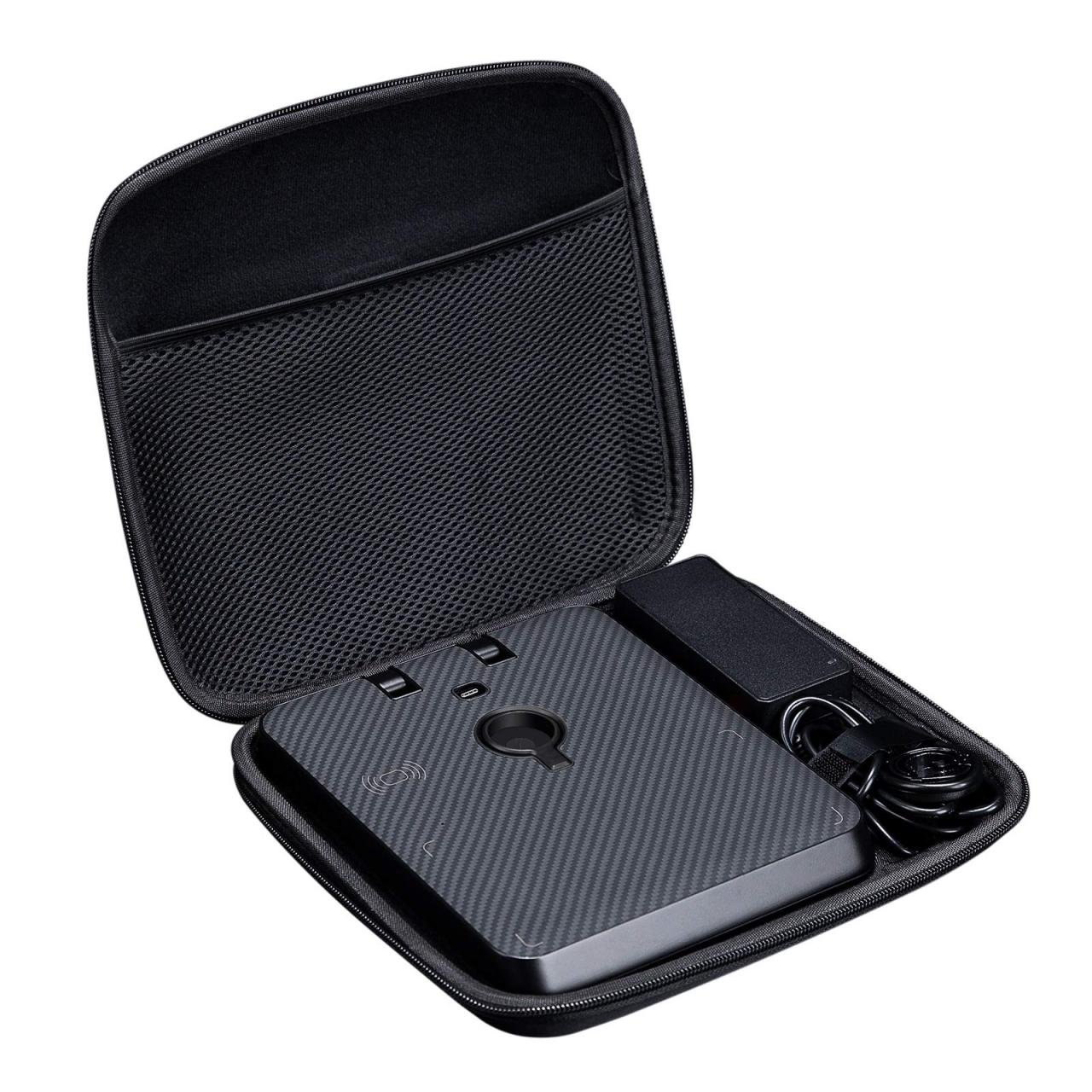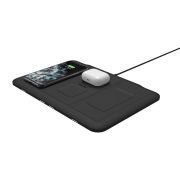
The OnePlus 8 Pro is the latest Android handset to support wireless charging. However, the technology behind wireless charging has been around for a long time. In the early days, this technology was proprietary to a single manufacturer. But, in recent years, the technology has become more mainstream. Most modern Android handsets support the Qi standard for wireless charging, and some fancier models even support reverse wireless charging.
The best wireless chargers for Android phones will support 10W or more. The charge will be faster than a standard wall charger, which is not always convenient. You will be able to charge up to four devices simultaneously using a wireless charger. Some devices support more than one device, while others only support a single one. For example, a 10W Qi pad will work for a Samsung phone, but not a OnePlus phone.
Some chargers will support multiple charging devices simultaneously. The Nillkin wireless charger plugs into the USB-C port on your phone and is thin enough to fit under your case. There are mixed reviews of its effectiveness, but it is the easiest way to add wireless charging to an Android phone without a wireless charger. But, you must make sure you choose a device that supports up to 50W. If you don’t have an Android phone that supports this technology, you should look for an adaptor.
A PITAKA wireless charger for Android phone can be difficult to use. You must align the charging coils on the back of your phone. The middle of the back of your phone should align with the charging pad. Then, the phone should light up to indicate that it’s charging. The charging speed that you can expect from a compatible wireless charger for Android is 5W, which is the standard for most phones. The higher the speed, the faster the device will charge.
Wireless charging is the fastest way to charge your phone. It is fast and convenient and is compatible with a large range of mobile devices. Unlike wall chargers, this type of charging is much more secure. You can even connect your phone to the wireless charger with a cable. The wires on a wireless charger are hidden inside your phone and your device should be safe from thieves. It is not possible to use a wired charging pad.
Wireless charging is a great option for your Android device. But, it is slow. Most Android handsets are equipped with fast chargers, but wireless charging is generally slower. It is not faster than a wall charger. Fortunately, many Android handsets now support reverse wireless charging, although it’s not as fast as some of the other smartphones. Luckily, there are a few good wireless chargers available for this purpose.
Another great feature is that it allows you to charge several devices at once. Most wireless chargers have two charging pads, but some are compatible with more than one phone. The iOttie is universal and can pair with many Android devices. If you don’t own an iPhone, you can still use a wireless charger in restaurants and hotels. The charging mat is also much safer than charging cables in an unfamiliar place.
Wireless charging is very convenient. You can charge multiple devices with it. You just need to align the two charging coils. The most common wireless chargers are 5W, but the iPhone 7 Plus can be compatible with even older phones. A few other important features are: The ability to charge more than one phone at once. If your phone doesn’t support the Qi standard, you can buy an adaptor that supports the Qi standard.
Wireless charging is generally slower than plugging in, but most Android handsets have fast chargers. A 20W USB-C power adapter, for example, takes 90 minutes to charge an iPhone. A 5W wireless charger, on the other hand, takes three to 3.5 hours to charge an iPhone. You can also use a 5W wireless charger for a more modest output. These are the pros and cons of using a wireless charger.


